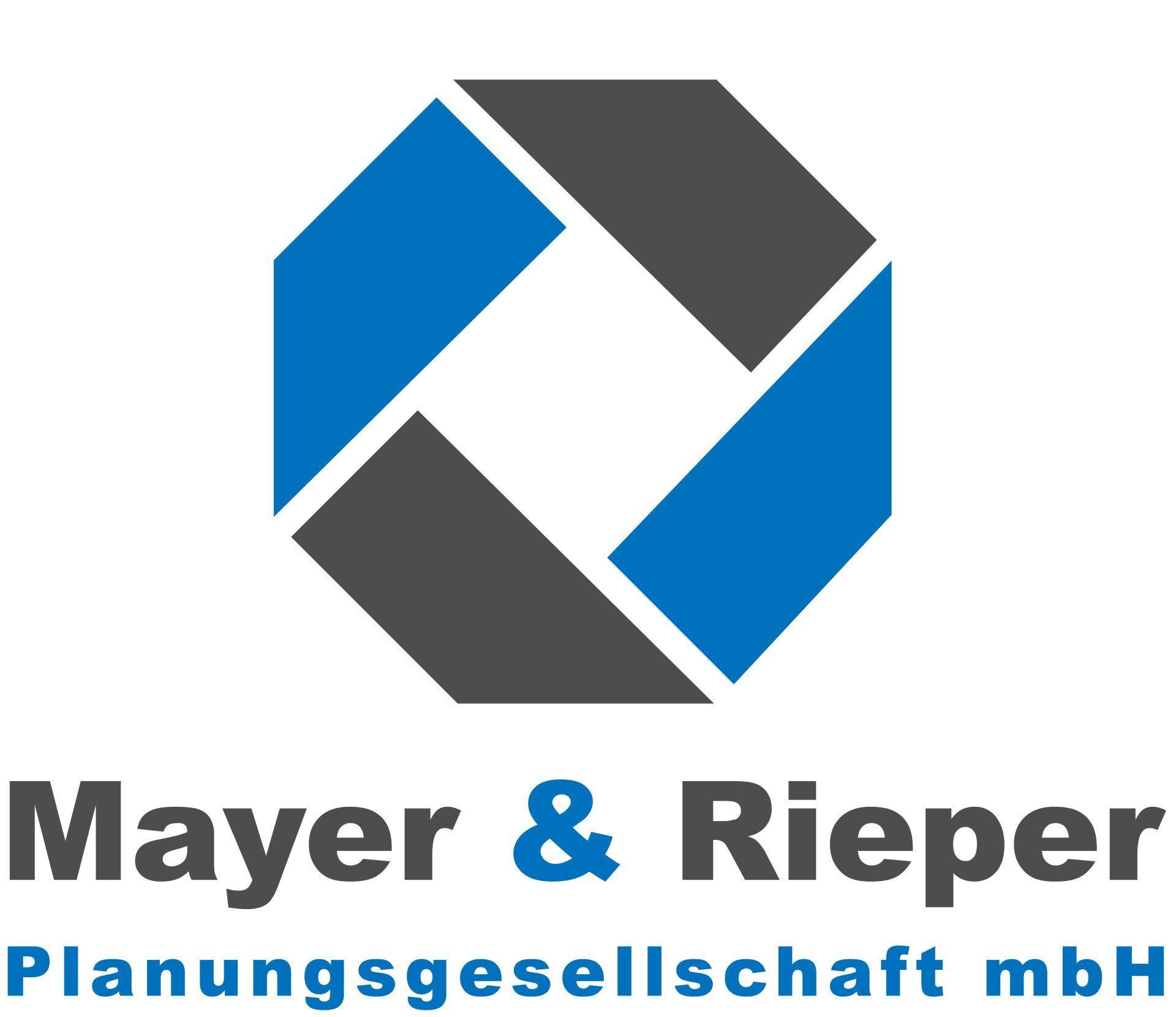Planning and realizing under construction
Serviceliste
-
ZonenaufteilungListenelement 1After considering the building permit and the fire protection concept, the floors are divided into zones, depending on the fire protection area and use, and so-called trigger areas are created in decision templates. These are then evaluated and filled in together with the specialist engineers and the authorities.
-
ProjektmatrixListenelement 2The individual zone functions are recorded in a project matrix in which all functions and interactions are shown. In order to keep an overview, this project matrix is provided with filter functions to select between trigger areas, trades and controls. Furthermore, this data is used for the trigger scenarios that are required for the full sample test.
-
Test cardsListenelement 3Test types are generated from the project matrix, in which all positions, controls and relevant feedback are described. These are handed over to the executing trades and discussed. After the installation, the functions are carried out by us as an active principle test and are also the basis for the full trial test.
-
BFSM floor plansListenelement 4Here, only the required field devices and control centers of the various trades for fire control are clearly displayed for each floor. The couplers, systems and functions can be found here 1: 1 from the test types and are clearly and unambiguously positioned.
-
BFSM ScheduleHere we show the higher-level functions of the floors and systems. Fire dampers, zone checks, couplers, elevator control, RWA, smoke extraction, etc. at a glance.
-
Process simulationIn order to make complex systems easier to understand for everyone involved in the project, we are able to visualize the functions and processes.
-
Safe acceptance with expertsAll systems used for technical fire protection are fully functional, checked and documented. In this way, the auditor receives uniform documents as a basis for testing the status of the systems and building functions. The previously tested scenarios are randomly triggered by the auditor. This enables the cross-system systems to be tested and the effectiveness and operational safety to be properly confirmed. The final documentation serves as the basis for recurring tests, but also as an assessment basis for changes to the technical systems or building conversions.



